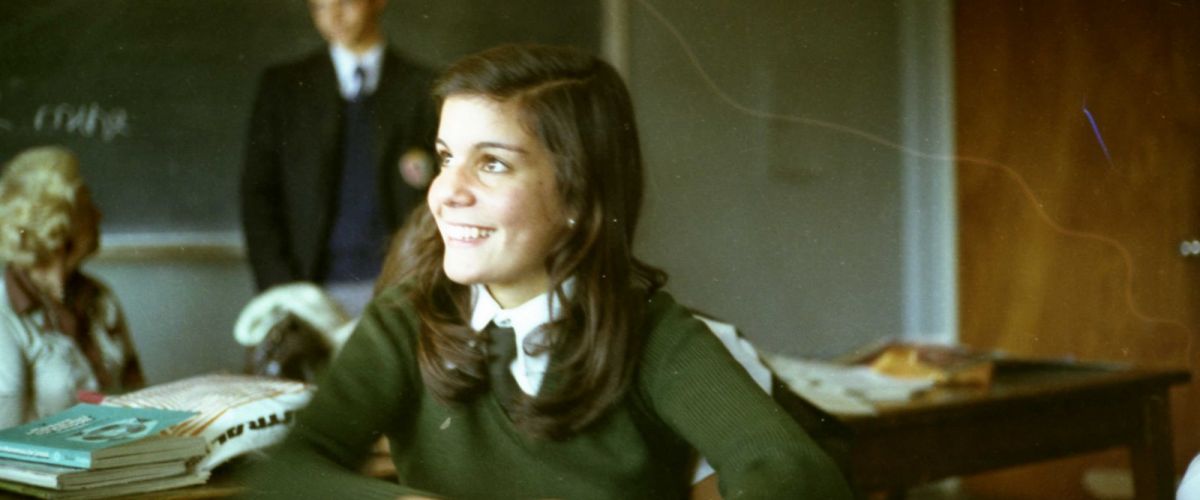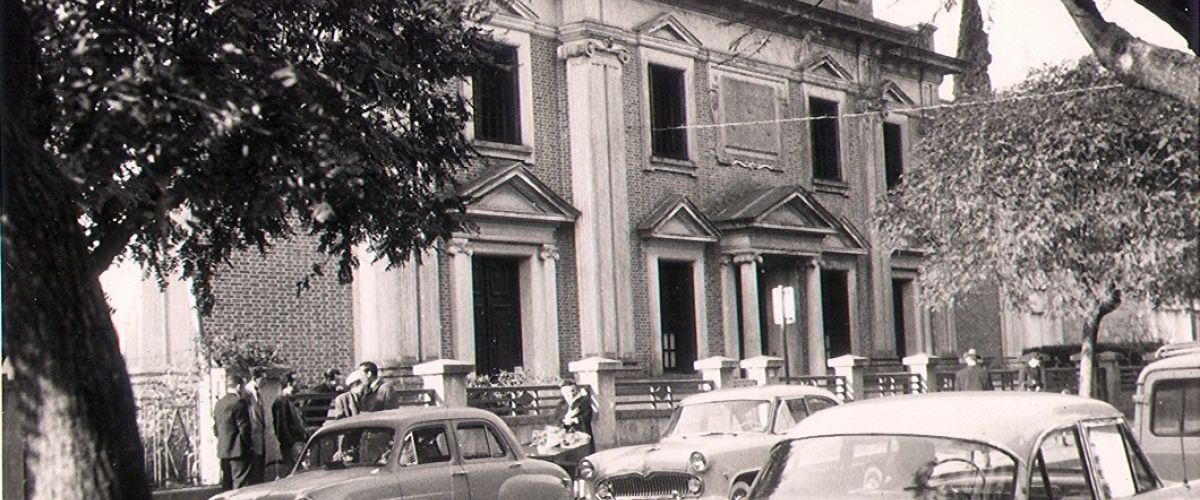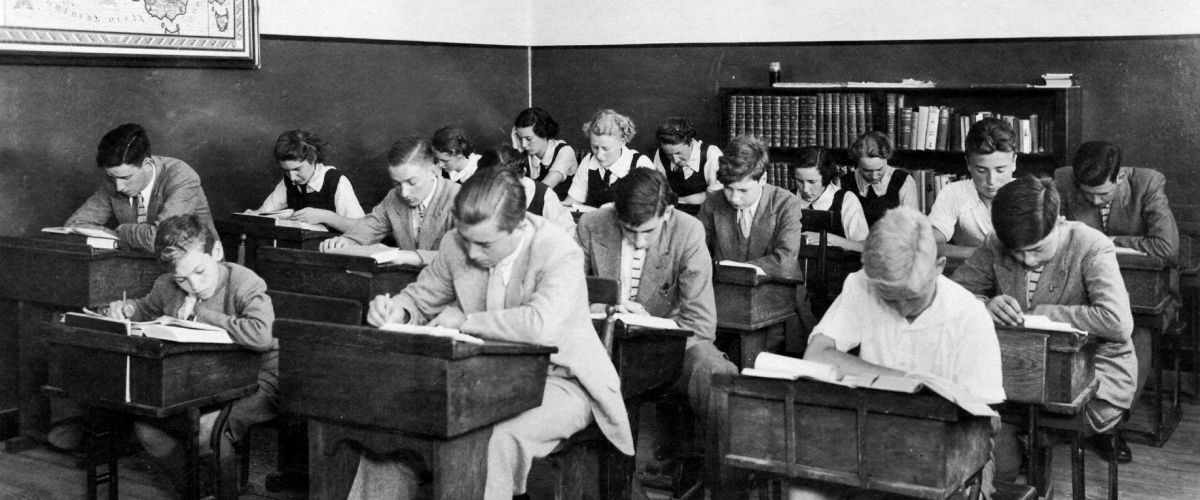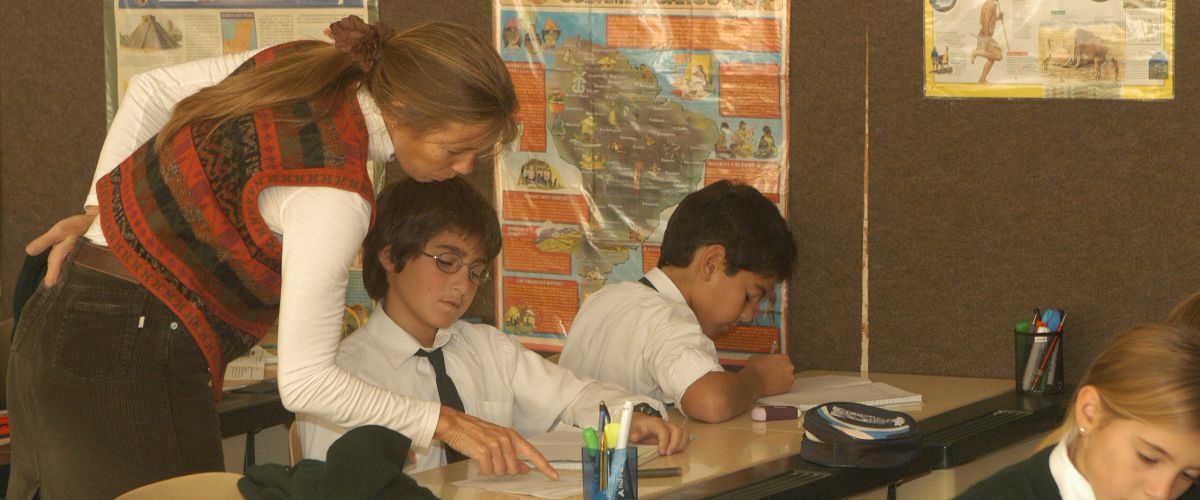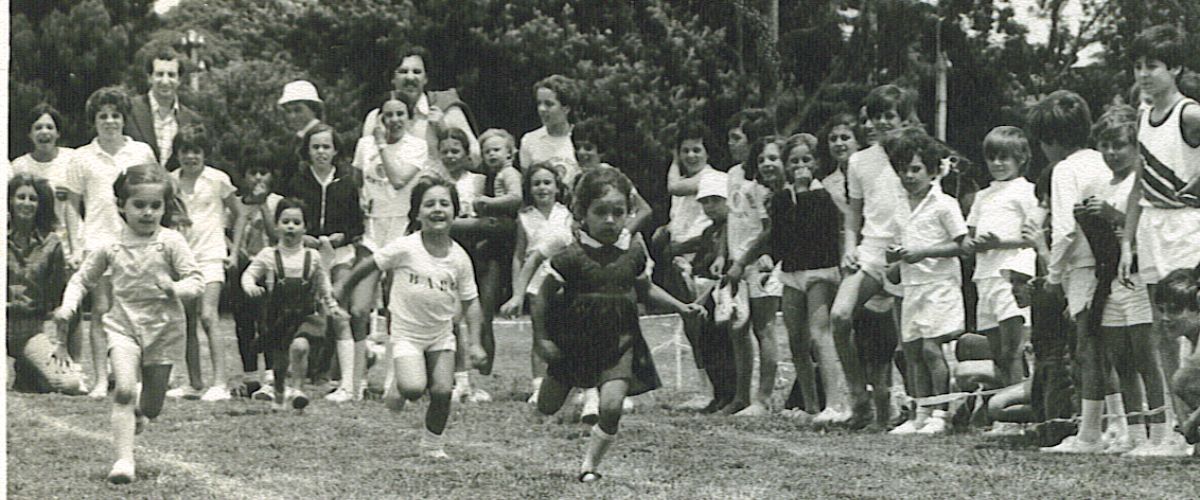History of the School
Letter dated 20th February 1908 circulated amongst the members of the British Cemetery Society regarding the: Proposed establishment of the British School
On 13th February 1908, at a Committee meeting of the British Cemetery Society, the Honorary Treasurer Mr J.J. Hore “brought before the Committee a scheme for establishing an English School in Montevideo”. After several meetings and discussions of the project, on 5th May 1908, the Scheme was submitted for approval to all the members of the British Cemetery Society. It was unanimously approved and thus The British School was born.
Classes began on 5th February, 1909, in a building located on Juan Blanes Street. As was customary at the time, there were two separate schools: one for boys and one for girls, and only the Kindergarten section, situated in a different part of town, was mixed. In its inaugural year the School roll had a total of 82 pupils (44 boys and 38 girls/Kindergarten). By 1917 all three sections of the School moved to new premises and in August 1925 H.R.H. the Prince of Wales laid the foundation stone for a new building in the area of Pocitos, which had been "specially designed and built to meet all the requirements of an up-to-date British school."
Dedicated by President José Serrato, in March 1926, the School had separate entrances, stairs and playgrounds for boys and girls and they were taught in separate classrooms. 1936 marked a watershed for The British Schools: in that year it went coeducational and the official Uruguayan Liceo section was incorporated. Ten years later the Board of Governors, with a vision of the future development of the Schools, decided to buy 10 hectares of land in the outlying area of Carrasco on which to build a new campus. In 1958, the Senior School moved to Carrasco and finally, in 1965, the Junior moved from Pocitos to its present site.
1970s brought other major changes: The British Schools was amongst the first, worldwide, to introduce the International Baccalaureate. This is why our IB registration number is 11, showing us to be a founding member school. There are now over 5,000 IB schools in the world. In 1977, two extra pre-university years (Preparatorios) were added to the Senior School.
A preschool class for 4 year-olds was opened in 1990. In 1993, a building across the street from the Junior building was purchased and refurbished to house this new Kindergarten.
In November 1998, a gymnasium was built which hosts a wide variety of sports and other activities. In 2002 a new Auditorium with 420 seats was built in Senior. It is used for concerts, conferences, assemblies, international examinations and School plays. In 2005, honouring the memory of Mr. P.S. Schor, Headmaster of the School from 1929 to 1961 (with the exception of the WWII years) the Auditorium was named after him.
In 2007 the position of Principal, who acts as the overall Head of the School, was introduced.
2011 saw the inauguration of the Early Years Centre, a project that brought the whole School together onto one site. The facilities for Kinder and Prep include classrooms with differentiated learning centres; an age-appropriate multimedia projection centre; a hall/mini-theatre with ample space for collaborative work; a psychomotricity area; an art studio and many other child-friendly “nooks” to arouse curiosity, creativity and encourage positive interaction; through play.
In 2013, additional learning areas were created for Science, ICT, Art and Music. By early 2014 the final phase of the project saw the completion of the remodelling of the ground floor of Junior, and the provision of a bridge, both practical and symbolic, linking Junior with Senior.
In 2021, a new 93 m x 55 m multipurpose pitch was added to provide another possibility for various sports and also to be used in rainy days for practices and breaktimes.
The School is constantly updating its premises and facilities to accommodate the latest state-of-the-art infrastructure and technology to deliver top-quality education.
